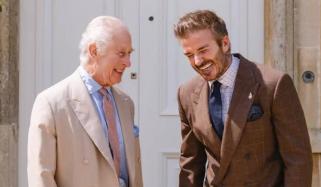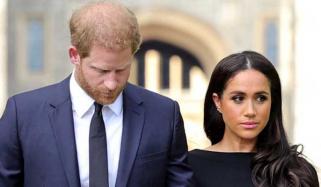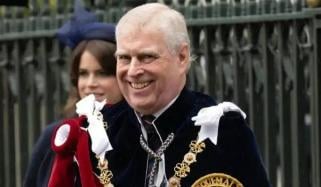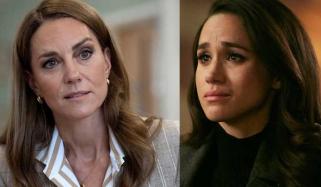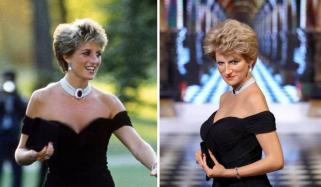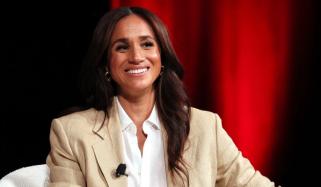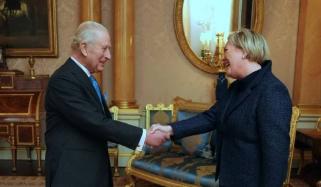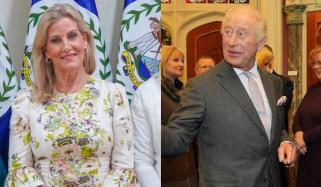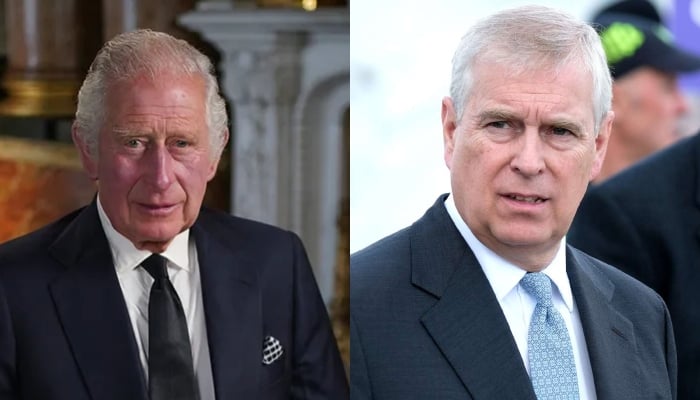
King Charles made a major misstep in his handling of Andrew’s fate.
On Thursday, Buckingham Palace announced that the British Monarch had stripped his younger brother Andrew Mountbatten Windsor, formerly known as Prince Andrew, of his styles, titles and honours.
The shared statement reads, "Prince Andrew will now be known as Andrew Mountbatten Windsor. His lease on Royal Lodge has, to date, provided him with legal protection to continue in residence. Formal notice has now been served to surrender the lease and he will move to alternative private accommodation. These censures are deemed necessary, notwithstanding the fact that he continues to deny the allegations against him."
However, royal watchers quickly noticed a discrepancy — Andrew’s new surname, Mountbatten Windsor, appeared without the usual hyphen used by the royal family.
When asked about the lack of hyphen, a Buckingham Palace spokesperson confirmed, "Andrew Mountbatten Windsor was the name agreed."
The royal family’s website explains that the hyphenated surname combines Queen Elizabeth II’s Windsor and Prince Philip’s Mountbatten.
The website reads: "In 1960, The Queen and The Duke of Edinburgh decided that they would like their own direct descendants to be distinguished from the rest of the Royal Family (without changing the name of the Royal House), as Windsor is the surname used by all the male and unmarried female descendants of George V. It was therefore declared in the Privy Council that The Queen's descendants, other than those with the style of Royal Highness and the title of Prince/Princess, or female descendants who marry, would carry the name of Mountbatten-Windsor."
To note, the hyphen first appeared in the Queen’s 1960 declaration stating her descendants would bear the name Mountbatten-Windsor.

